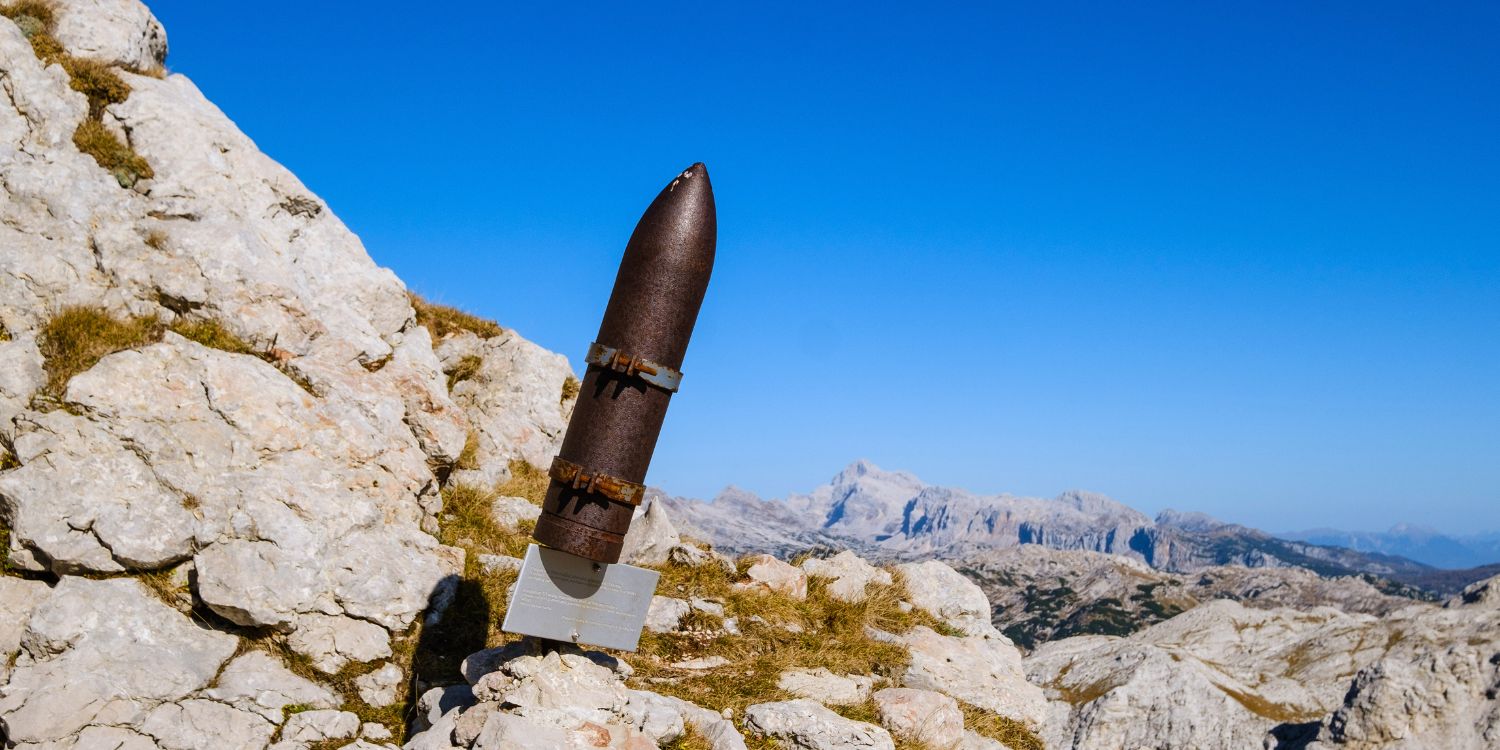
13 Feb Isonzo Front in Soča Valley
Less than a year after the outbreak of World War 1, a roar of cannons moved from distant parts of Europe into the valley of the Soča River. Idyllic places by the emerald beauty became the scene of bloody battles.
After the assassination of Archduke Franz Ferdinand in June 1914, Austria sent an ultimatum to Serbia. In order to avoid escalation of the conflict Serbia agreed to all the conditions except one. However, Austria under the influence of Germany still decided and declared war on Serbia, exactly one month after the death of the heir.
SECRET NEGOTIATIONS
Germany desperately wanted a war, but it was playing a dangerous game. It speculated that Great Britain will not join the war and that Italy will join the war on Austria and Germany’s side. Also, they all believed that the combat will be over by Christmas.
But on New Year’s morning in 1915, the situation was far from being resolved. Great Britain entered the war on the side of the Entente and Italy avoided the war by declaring neutrality. In the background tricky diplomatic game was going on. Italy was aware of its importance to both sides and wanted to profit as much as possible out of a situation.
Italy was never hiding its appetites for certain territories that were part of the Austro-Hungarian Empire. Austria and Emperor Franz Joseph were willing to give up some lands, but not the town of Trieste. Trieste was part of the Habsburg Empire for over 500 years and Austria was not willing to give up its most important port.
On the other hand, the countries of the Entente were more generous. Italy was promised what it wanted and therefore entered the war on the side of France, Great Britain and Russia by signing the Treaty of London.
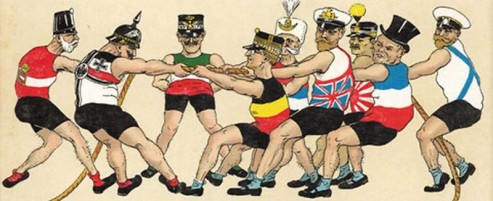
OUTBREAK OF ISONZO FRONT
On 23th May 1915 cannon roar moved from distant battlefields to our valley. 90 kilometers long battlefield of Isonzo Front opened on the border between Italy and Austria. It stretched from the mountain peaks through the valley of the Soča River to the karst plateau. From Mt Rombon to the Trieste gulf.
Life in this sleepy valley changed rapidly. On 24th May locals went to the morning mass. There they learned that they must leave immediately. Due to the proximity to the battlefields both sides emptied the villages. People left their homes and farms. Some went to friends or relatives, but many had nowhere to go. They ended in refugee camps.
When the Italian troops arrived in Bovec it was already abandoned by the Austrian soldiers. They decided not to defend the town. Most of the local men have been mobilized in the previous year. And now with all the women and children gone the place turned into a ghost town.
Austrian troops secured their positions in the Bovec field.
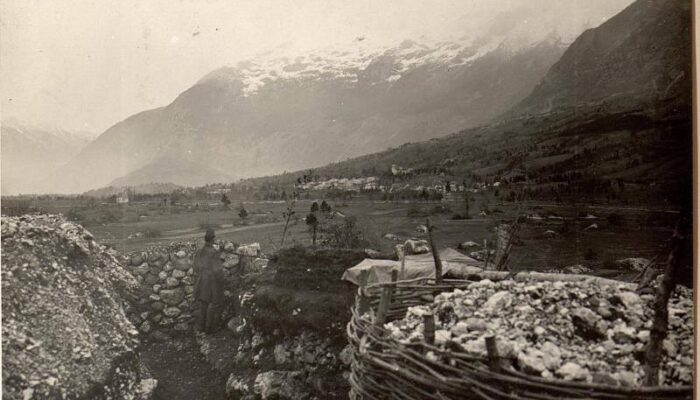
12 BATTLES OF ISONZO FRONT
12 battles were fought in the next 2 years. In the first eleven offensives Italians were trying to take over different Austrian positions in Tolmin, Gorizia and the Karst plateau. All this time fierce clashes were being held in the Upper Soča valley too. Italian troops needed to win the settlement on Ravelnik in the Bovec field, as well as peaks in the high mountains. The purpose of these attacks was to penetrate into the heart of the Empire and eliminate the Austro-Hungary from the war.
Then the Emperor Franz Joseph died in November 1916. Emperor Charles got the crown. Austria Hungary has already been in the war for three years on three different fronts. So in the second half of 1917, the Austrians realized that they will not be able to withstand the increasingly critical situation on the Soča battlefield for much longer.
By the time the Austria has lost more than 5 million soldiers on all the battlefields. The surviving men were exhausted, hungry and wanted to return home. The hinterland was facing a lack of food and labor because all the healthy men were in the army. Finally, the public opinion also turned against the war. In the meantime the threat of another Italian offensive attack also hanged in the air.
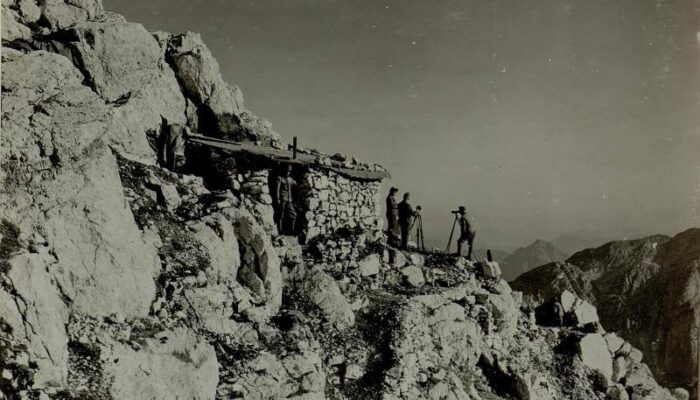
THE FINAL BATTLE
Long-term position war was actually a war of weakening. It significantly lowered the morale of troops on the Isonzo front. So, the military headquarters in Vienna realized that the situation could only be resolved by fierce attack on the Italian positions.
But, Austrians needed help. Together with Germans they drew up a daring plan to carry out a big attack from the valleys of Bovec and Tolmin in the direction of Kobarid.
By the old military mindset you had to control the mountains if you wanted to control the land. But now Austrians and Germans were about to turn this tactic upside down and attack the enemy from the valley, where they were the most vulnerable.
Detailed and careful preparations for counteroffensive began. It was important to keep the operation a secret. They need 2,400 trains to transport soldiers, ammunition, guns, equipment and food from hinterland to the front. And, all this mass of people and material had to be moved from the nearby train stations over the mountains to the Soča valley, just in front of the Italian artillery and aviation. The cable cars as well as the road over mountain pass Vršič played an important role in these preparations.
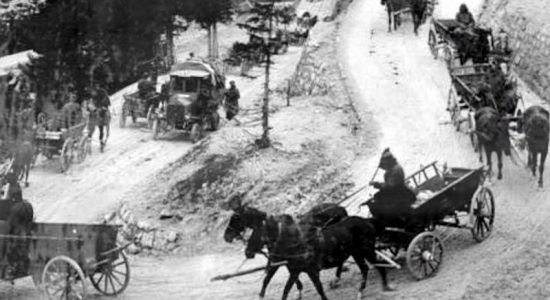
Night on the 24th October 1917 was cold and foggy. At 2 o’clock in the morning Austrian artillery began a sudden attack. Gas grenades were being fired from 894 tubes, previously installed in the Bovec field. The deadly cloud of gas has started to spread towards Čezsoča where Italian troops had their caverns. In a blink of an eye more than 500 Italian soldiers took their last breath.
Attack was a complete surprise. All the Italian soldiers were focused on the slope of Mt Rombon and no one paid attention to what was going on in the valley.
Just a few hours later infantry fights between Mt Rombon and Mt Krn began. The first division attacked the Church of the Virgin Mary in the Field, where the Italians had their machine gun positions.
The second division won the slope of Mt Rombon, despite strong resistance. With great attack they then occupied Plužna village above Bovec. In this village, stood a lower station of the Italian cable car. This interrupted the supply of food and ammunition for Italian Alpini, an elite mountain warfare military corps of the Italian Army.
Early in the afternoon, the defenders were already in Žaga village where the Italians set a second line of defense. But, to a big Austrian surprise Italians withdraw behind their third line of defense on Mt Stol without a fight. Gas attack, surprise effect, many dead, broken communications between units and commanders, lack of information on what was happening and the numerical superiority of the attackers caused a total collapse of the Italian army.
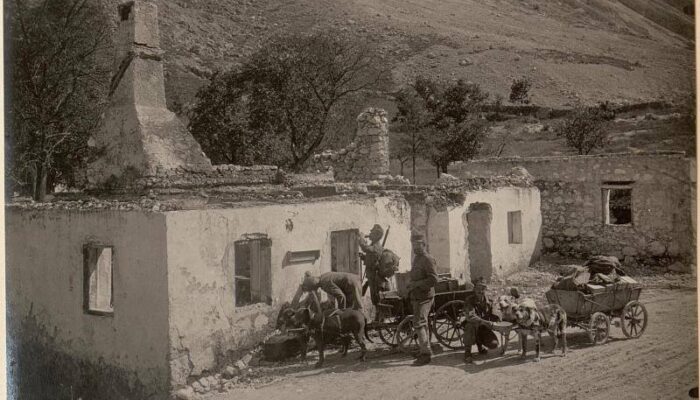
MIRACLE OF CAPORETTO
Just two days after the beginning of the offensive the Austrians occupied Mt Stol without a fight. This mountain was to be one of the key points of Italian defense. Complete chaos in the Italian headquarters has also led to the withdrawal of Alpini from their mountain positions. They tried to contact the valley, but their calls have remained unanswered. For Austrians the way to Kobarid was open.
In the battle, also known as the Miracle of Caporetto the Austrian army achieved a complete victory. Combats were finally over and after 29 months Slovenian territory was liberated.
But in the end Austria Hungary with its allies still lost the war. Empire fell apart, and our valley became a part of Italy for further 25 years, when in another war the boundaries changed again.